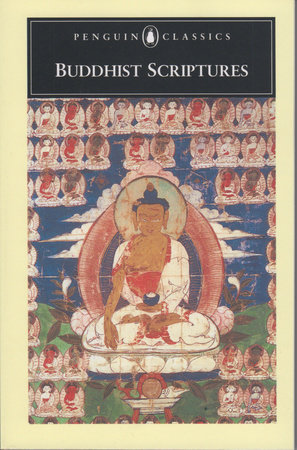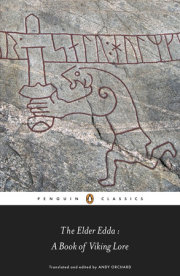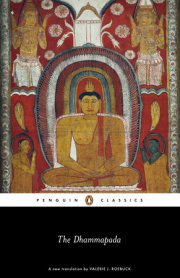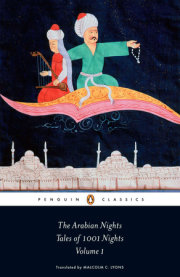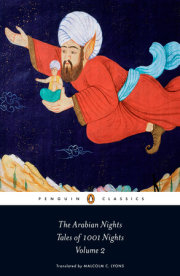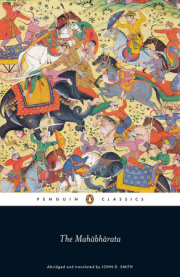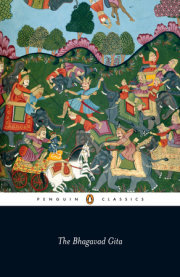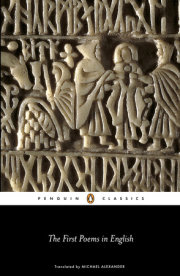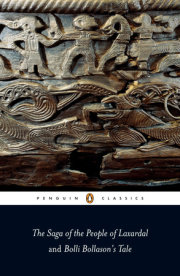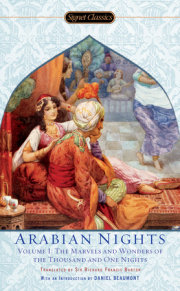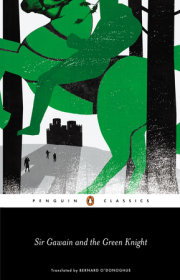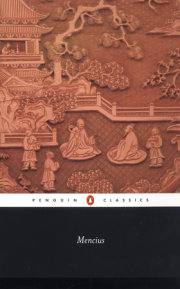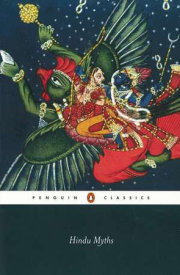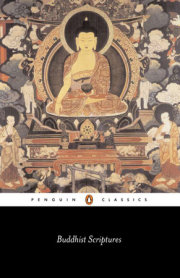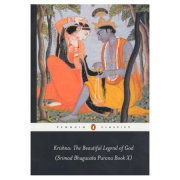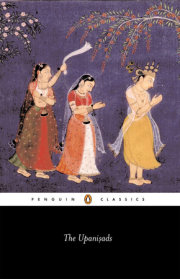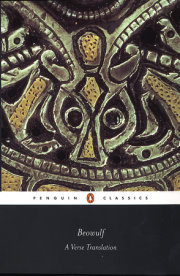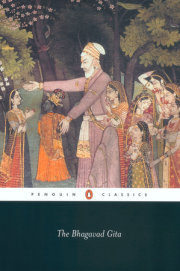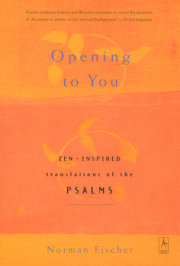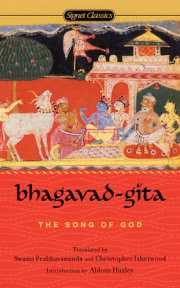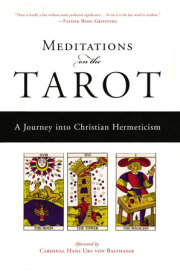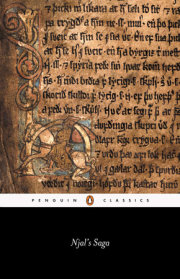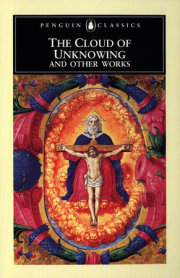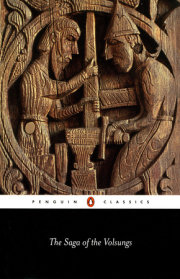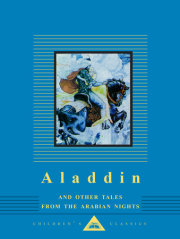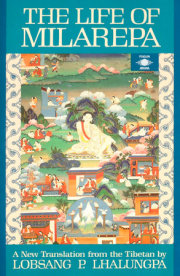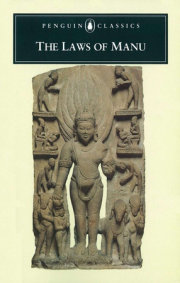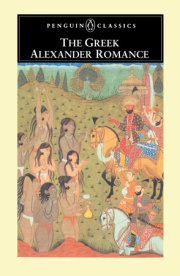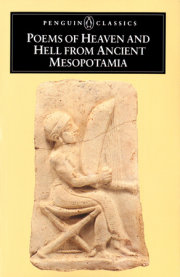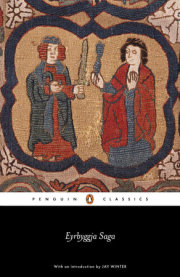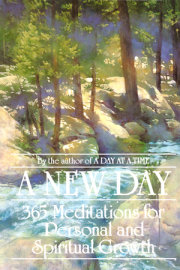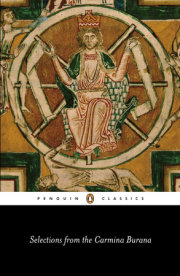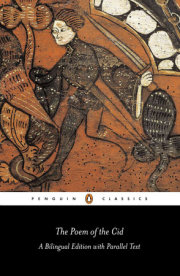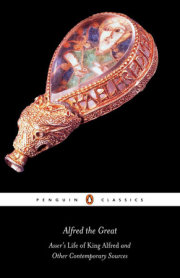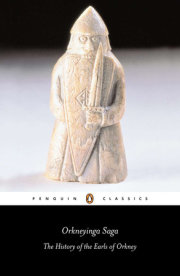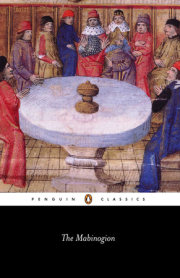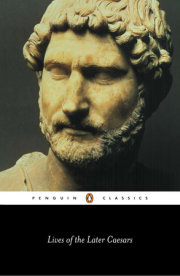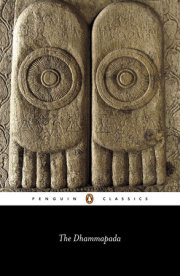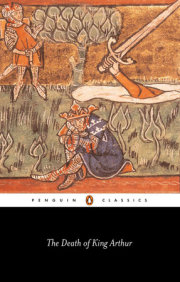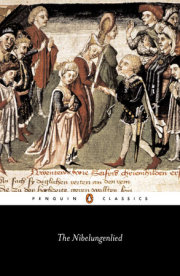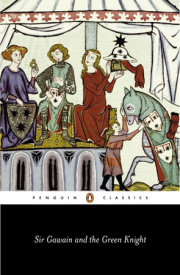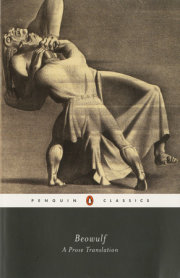Buddhist ScripturesAcknowledgments
Introduction
PART I: THE TEACHERChapter 1. The Buddha's Previous Lives
Introductory Note
1. Shakyamuni's Meeting with Dipankara
2a. The Bodhisattva and the Hungry Tigress
2b. The Bodhisattva as the Preacher of Patience
3. Outline of a Bodhisattva's Progress
Chapter 2. The Legend of the Buddha Shakyamuni
Introductory Note
1. The birth of the Bodhisattva
2. Asita's visit
3. The Bodhisattva's youth and marriage
4. The awakening
5. Withdrawal from the women
6. The flight
7. The apparition of a mendicant
8. The dismissal of Chandaka
9. The practice of austerities
10. Nandabala's gift
11. The defeat of Mara
12. The Enlightenment
13. The meeting with the mendicant
14. The meeting with the five mendicants
15. Turning the wheel of Dharma
16. The meeting of father and son
17. Further conversions
18. Devadatta
19. The desire for death
20. The leave-taking from Vaisali, the final couch, instructions to the Mallas
21. Parinirvana
22. The Relics
23. The Scriptures
PART II: DOCTRINES
Chapter 1. Morality
Introductory Note
1. The Five Precepts, with Buddahghosa's commentary
2. Rules of monastric restraint
3. The monk's life
3a. The Buddha's advice to Sariputra (E.M.H.)
3b. The Rhinoceros (E.M.H.)
4. Verses from the Sanskrit Dharmapada
4a. The chapter on Karma
4b. The chapter on Morality
5. Popular Moral Buddhism
6. Laymen and Monks
6a. Their respective attainments
6b. Their respective tasks, and the question of the adoration of relics
Chapter 2. Meditation
Introductory Note
1. The advantages of meditation
2. The practice of introversion
3. The progressive steps of meditation
The restraint of the senses - How the senses cause bondage - Moderation in eating - The avoidance of sleep - Full awareness of the postures, etc. - The advantages of solitary meditation - Concentration and the forsaking of idle thoughts - How to deal with thoughts concerning family and homeland - How to be mindful of death - The four holy truths
4. The six types of persons
5. The five miraculous powers
6. Zen
6a. Sessan Amakuki. Zen Meditation (R.T.L.)
6b. Rosen Takashina. Controlling the Mind (R.T.L.)
Chapter 3. Wisdom
Introductory Note
1. The Questions of King Milinda
1. Introduction - 2. The doctrine of not-self: (a) The chariot, (b) Personal identity and rebirth, (c) personal identity and Karma - 3. The five cardinal virtues - 4. Emancipation and Nirvana: (a) Problems of Nirvana, (b) The nature of Nirvana, (c) The realization of Nirvana, (d) The saints and their bodies - 5. Conclusion
2. The Heart Sutra
3. From the "Diamond Sutra"
The Bodhisattva and Dipankara - The initial vow of a Bodhisattva - The practice of perfect giving - The practice of perfect patience - The Bodhisattva's final Nirvana - The Bodhisattva as a fully enlightened Buddha - The Buddha's physical body - The Buddha as the Tathagata - The Buddha as a Teacher - The Buddha as a Saviour - The application to the present day
4. Rabulabhadra. "Hymn to Perfect Wisdom"
5. Sent-ts'an. "On Believing in Mind" (D.T.S.)
6. From Saraba's "Treasury of Songs" (D.L.S.)
Chapter 4. Doctrinal Formulas
Introductory Note
1. Faith: The Triple Refuge - The Buddha - The Dharma - The Samgha
2. Vigour: The four right efforts - The Bodhisattva's Vow
3. Mindfulness: On guarding the senses
4. Concentration: The four trances - The four formless trances - The four Unlimited - Unlimited Friendliness
5. Wisdom: The four Holy Truths - Conditioned co-production - The view of self - The absence of self in everything - The illusory nature of the world
Chapter 5. Doctrinal Disputes
Introductory Note
1. The Personalist Controversy
2. Mahayana Polemics against the Hinayana
3. Can there be more than one Buddha at a time?
3a. The Hinayana position
3b. The Mahayana position
4. The Quietist Controversy
PART III: OTHER WORLDS AND FUTURE TIMES
Chapter 1. Other Worlds
Introductory Note
1. The bliss of the heavens
2. The torments of the bells
3. Life after death, and the "Book of the Dead"
Preamble - I. The moment of death, and the clear light of Pure Reality. The emergence of a subtle body. - II. The experience of the spiritual realities - III. Seeking rebirth. The judgement. The desire for rebirth. The dawning of the lights of the six places of rebirth. Re-incarnation.
4. Celestial Paradises: The Pure Land of Amitabha
Chapter 2. Maitreya, the future Buddha
Introductory Note
"The Prophecy concerning Maitreya"
Sources
Glossary of Technical Terms





